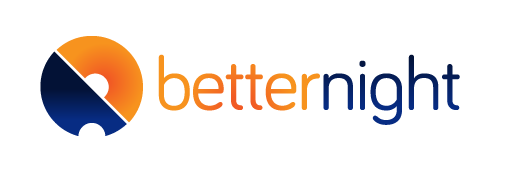How BetterNight Helps Diabetic Patients and Practitioners
Sleep medicine finally recognizes the bidirectional relationship between diabetes and obstructive sleep apnea. BetterNight’s end-to-end telehealth solution helps diabetes educators and endocrinologists provide best-in-class care to their patients resulting in improved sleep and overall health.
While the strong medical correlation between these two diseases does not indicate a causal relationship, it is more likely that if a patient suffers from one, they will develop the other. According to Resmed, as many as 48% of those diagnosed with Type 2 diabetes also have been diagnosed with sleep apnea. The numbers get even higher for obese diabetics, with 86% of that population also suffering from sleep apnea. During a sleep apnea event, breathing stops and starts repeatedly during the night, usually with snoring or gasping sounds intermittently throughout the night. Sleep apnea deprives the body of oxygen and has a negative effect on blood sugar levels and insulin resistance. With Type 2 diabetes, there is already an inability to regulate the amount of sugar or glucose in the blood. When insulin can’t do its job in getting glucose to the cells where it is used for energy, insulin resistance results.
For those with undiagnosed or untreated sleep apnea, diabetes is a comorbidity, along with hypertension and cardiovascular disease. Healthline reports that these changes are not limited to only during the night. Sleep apnea changes how the body responds to insulin and influences glucose levels throughout the day. According to the Cleveland Clinic, having obstructive sleep apnea makes diabetes more difficult to manage. Exercise, an important tool for weight loss and diabetes management, often gets neglected due to the sleepiness that is a telltale sign of sleep apnea. And the “brain fog” associated with sleep apnea can create forgetfulness, resulting in missed medications. Ultimately, to best manage diabetes, you must first manage obstructive sleep apnea.
For diabetes practitioners, taking on yet another comorbidity for their high-risk diabetic patients is often too much to handle. In order to get their patients diagnosed and treated, they must work with an imperfect sleep medicine system with multiple disconnected silos of care. Because the time to treat patients can take 3-6 months, the current system feels cumbersome, lacks urgency, and can lead to patient disengagement. BetterNight offers end-to-end treatment that combats the inefficiencies of today’s current sleep health system. Recognizing the relationship between diabetes and sleep apnea, BetterNight manages all sleep concerns in a virtual one-stop shop. The BetterNight team includes over 250 sleep health professionals and specialists, including Board-registered polysomnographic technicians, respiratory therapists, Cognitive Behavioral Therapy counselors, and data analysts.
By offering sleep studies conveniently in the home and providing full diagnosis within two weeks, patients are less likely to lose interest and will become more active participants in their treatment. In addition to getting patients to treatment, BetterNight also manages treatment for the long term. The patient portal reports all patient information back to the referring doctor with clear, transparent reporting and tracking. BetterNight proactively watches for any changes in patient compliance to CPAP and can intervene before problems arise.
For 25 years, BetterNight has offered supporting counseling and complete care to patients with sleep health issues and their comorbidities. By treating obstructive sleep apnea with the support of BetterNight’s telehealth platform, diabetes practitioners are better equipped to manage their patients’ diabetes successfully.

